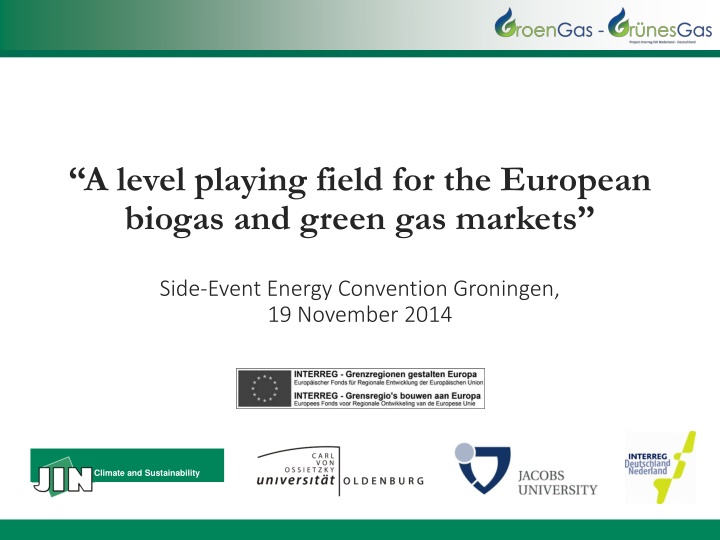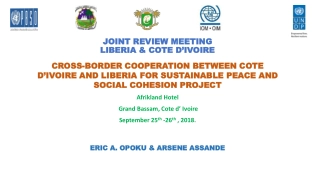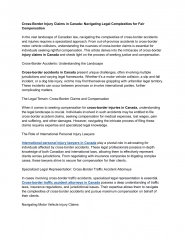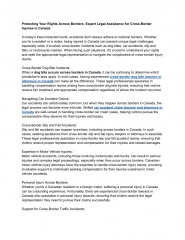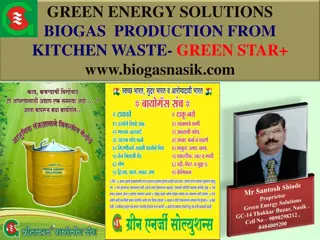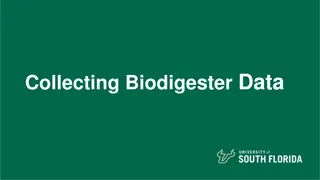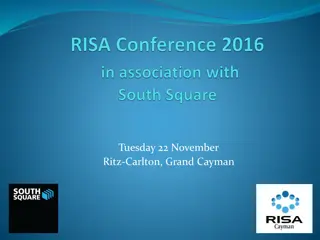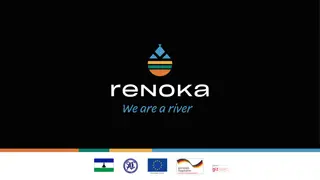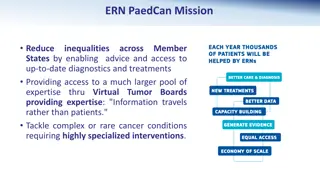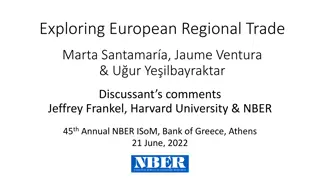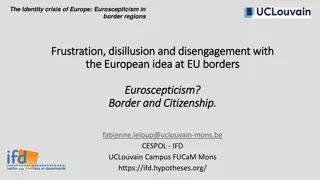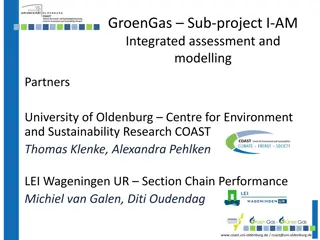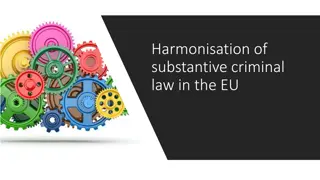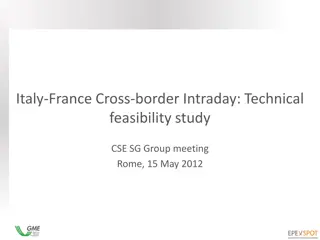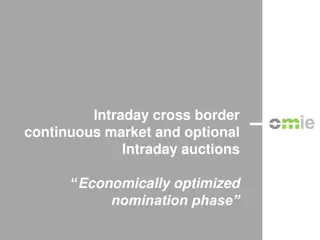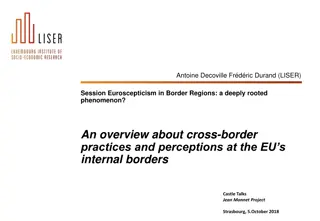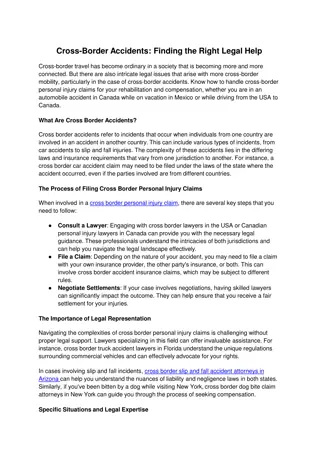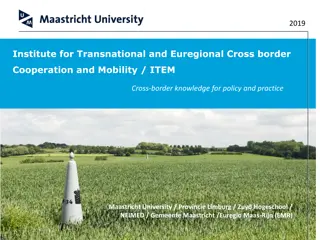European Biogas Market: Cross-Border Trade and Policy Harmonisation
This content delves into the dynamics of the European biogas and green gas markets, focusing on cross-border trading possibilities, national differences, convergence scenarios, and stakeholder impacts. It explores the influence of institutional disparities on competition, the potential benefits of policy harmonisation for trade between the Netherlands and Germany, and the implications of different convergence scenarios on market stakeholders.
Download Presentation

Please find below an Image/Link to download the presentation.
The content on the website is provided AS IS for your information and personal use only. It may not be sold, licensed, or shared on other websites without obtaining consent from the author.If you encounter any issues during the download, it is possible that the publisher has removed the file from their server.
You are allowed to download the files provided on this website for personal or commercial use, subject to the condition that they are used lawfully. All files are the property of their respective owners.
The content on the website is provided AS IS for your information and personal use only. It may not be sold, licensed, or shared on other websites without obtaining consent from the author.
E N D
Presentation Transcript
A level playing field for the European biogas and green gas markets Side-Event Energy Convention Groningen, 19 November 2014 Climate and Sustainability
Project background Possibilities for cross- border trading Influence of national institutional differences on competition. Optimising and fine-tuning (remove market distortions for cross-border trade and avoid inefficiencies). INTERREG IVa Groen Gas-Gr nes Gas project 18 2
National differences (overview) 2 3 1 Natural gas network Electricity grid Support schemes 4 5 6 Guarantees of origin Sustainability certification Biofuel trade in transport INTERREG IVa Groen gas - level playing field 3
Convergence framework Institutional differences can create market inefficiencies Is full policy harmonisation beneficial for cross- border trade between the Netherlands and Germany? 1 2 Convergence scenarios (full harmonisation) Which market stakeholders gain and lose from convergence? 2 INTERREG IVa Groen gas - level playing field 4
Convergence scenarios: some results (1) German Regime Dutch Regime Direct stakeholders Biomass producer Higher demand for primary biomass (but scarcely available arable land) - Biomass traders and shippers - - Biomethane producers Lower investment burden. Higher feed-in support levels, and longer duration of support. Competitive bidding, and higher cost- effectiveness, but also higher investment burden and lower support levels. Biomethane traders and shippers - Stricter balancing requirements. New revenue opportunities because of GoO flexibility . Network operators Higher CAPEX/OPEX (gas) Distributing EEG funds (electricity) - INTERREG IVa Groen gas - level playing field 5
Convergence scenarios: some results (2) German Regime Dutch Regime End users Electricity / CHP producers One single biomethane end-use option available Multiple options Industry Administrative co-firing not possible under EU ETS Transport Monthly switching between feed-in and quota blending schemes possible No scheme switching flexibility Households - - Indirect stakeholders Investors Longer-term and more robust funding scheme Higher project development risks (subsidy not certain) Tax payers / energy users (society) Society pays for biomethane support via electricity Umlage and higher gas transport costs Society pays via levy on natural gas and electricity consumption Government Low control over total budget and allocation INTERREG IVa Groen gas - level playing field More control over total budget and allocation 6
Impacts of full convergence Market efficiency (+) Less institutional competition More leveled playing field Cross border trade Raw materials (-) Biomethane and certificates trade (+ NL / - DE) Distributional impacts ( ) Allocating risk, costs and responsibilities Transitional impacts ( ) old and new regime projects INTERREG IVa Groen gas - level playing field 7
Distributional impacts Amongst biomethane producers and network operators Investment burden Balancing responsibility In collecting and distributing funds for biomethane activities NL levy for gas / electricity users DE EEG Umlage electricity and gas transport tariffs Project development risk NL all permitting and planning without certainty of subsidy DE certainty of subsidy INTERREG IVa Groen gas - level playing field 8
Transitional impacts Installation competition New regime installations Old regime installations Old adopt new? NL + - + - DE + - Convergence transition will results in: Higher transaction costs for operating 2 regimes Min. 12 to 20 years transitional period or existing facilities need to be compensated INTERREG IVa Groen gas - level playing field 9
Limitations of convergence analysis Full institutional convergence is a time consuming process No common renewable energy and climate target(s) Public funds / budgets are unlikely to be shared Both DE and NL schemes are stimulating production and provide only minimal scope for cross-border trade in biomethane and certificates So, other mechanisms and instruments (e.g. quota and title trade schemes) need to be developed if one wants to increase overall market efficiency. INTERREG IVa Groen gas - level playing field 10
Towards demand-side incentives Cross-border trade increases allocative efficiency (meet obligations at lowest cost level) Production subsidies only benefit from allocative efficiency (competitive bidding) within national borders A minimum level of institutional convergence is needed for effective and efficient cross-border trade Mass-balancing (NL-style) Implement quota-title trade schemes (end-user/supply oriented CO2-credits, Biotickets, GoOs, etc..) Address old versus new regime competition (phase out EEG/SDE) Harmonize positive lists, and grid-connection regimes Sustainability certification INTERREG IVa Groen gas - level playing field 11
Alternatives to feed-in schemes? European Commission: subsidies to be phased out! Is there a real and promising alternative? Instrument Price (all-in) 0,67 Green Value 0,42 Energy price 0,25 x-times increase in Green Value - When substitute for feed-in? - EEG (ref. facility) SDE (ref-facility) - - 0,65 0,4 0,25 Guarantee of Origin 6,7 60 EUR/MWh - - - - - - 0,06 0,012 0,16 0,32 0,26 - 0,4 0,53 - 0,79 0,25* 0,25* 0,25* 0,25* 0,25* 0,25* EUA (direct emissions) NL - Bioticket (single) NL - Bioticket (double) DE Bioticket (single) DE Bioticket (double) 33,3 2,5 1,3 1,7 0,9 215 EUR/tCO2 21 EUR/ticket 11 EUR/ticket - - Price stability and range? Long-term certainty? Supply demand volumes? What share ends-up with producer (intermediaries)? INTERREG IVa Groen gas - level playing field 12
Contact(s) Eise Spijker JIN Climate and Sustainability Laan Corpus den Hoorn 300 9728 JT Groningen (NL) A level playing field for the European biogas and green gas markets phone: mobile: email: +31 (0) 50 524 8431 +31 (0) 6 2806 4653 eise@jiqweb.org www.jiqweb.org Martin Palovic Jacobs University m.palovic@jacobs-university.de Linda Neubauer University of Oldenburg linda.neubauer@uni-oldenburg.de Climate and Sustainability
